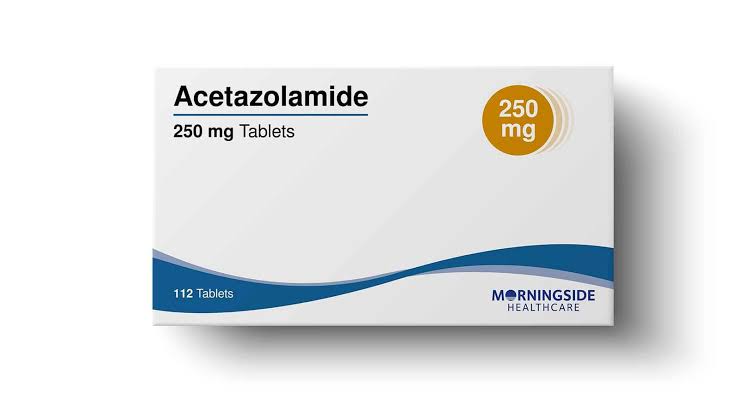
Acetazolamide: Mechanism of Action
Acetazolamide is a sulfonamide derivative that noncompetitively and reversibly inhibits carbonic anhydrase (CAse type II) in proximal tubule (PT) cells. This inhibition slows the hydration of CO2, reducing the availability of bicarbonate (HCO3-) for exchange with luminal sodium.
Effects on PT Cells
Inhibition of brush border carbonic anhydrase (CAse type IV) in PT cells retards the dehydration of H2CO3 in the tubular fluid. This results in less CO2 diffusing back into the cells, leading to the inhibition of HC01 reabsorption in the proximal tubule.
Alkaline Diuresis and Kaliuresis
While the resulting alkaline diuresis is mild, with a maximal fractional sodium loss of 5%, acetazolamide causes marked kaliuresis, especially in distal sodium exchange with potassium (K). This effect is more pronounced compared to other diuretics, resulting in urine that is alkaline and rich in HCO3-.
Distal Effects and Subsidiary Sites of Action
Acetazolamide interferes with the secretion of bicarbonate by the intercalated cells of the outer medullary collecting duct (OT) and connecting duct (CD). This subsidiary site of action involves the inhibition of bicarbonate generation through CAse-mediated reactions.
Extrarenal Actions
Beyond its renal effects, acetazolamide has extrarenal actions, including:
- Lowering intraocular tension by decreasing the formation of aqueous humor.
- Decreasing gastric hydrochloric acid (HCl) and pancreatic sodium bicarbonate (NaHCO3) secretion, though significant effects require high doses.
- Modulating CO2 levels in the brain, leading to sedation and an elevated seizure threshold.
- Altering CO2 transport in lungs and tissues.
Pharmacokinetics and Clinical Uses
Acetazolamide is well absorbed orally and excreted unchanged in urine. Its self-limiting diuretic action, production of acidosis, and hypokalemia limit its use as a diuretic. Current clinical applications include:
- Glaucoma: Used as an adjuvant to other ocular hypotensives.
- Urine Alkalinization: Employed for urinary tract infections or to promote the excretion of certain acidic drugs.
- Epilepsy: Acts as an adjuvant in absence seizures when primary drugs are not fully effective, but tolerance to antiepileptic action may develop.
- Mountain Sickness: Prophylaxis and symptomatic relief for symptoms related to rapid ascent to high altitudes.
- Periodic Paralysis: Administered with doses ranging from 250 mg OD to 800 mg.
Adverse Effects and Contraindications
Frequent adverse effects of acetazolamide include acidosis, hypokalemia, drowsiness, paresthesias, fatigue, abdominal discomfort, fever, and rashes. Bone marrow depression is rare but serious. It is contraindicated in liver disease, as it may precipitate hepatic coma by interfering with the urinary elimination of H+ due to alkaline urine. Acidosis is more likely to occur in patients with chronic obstructive pulmonary disease (COPD).


Pingback: Common Health Conditions - Modern Health